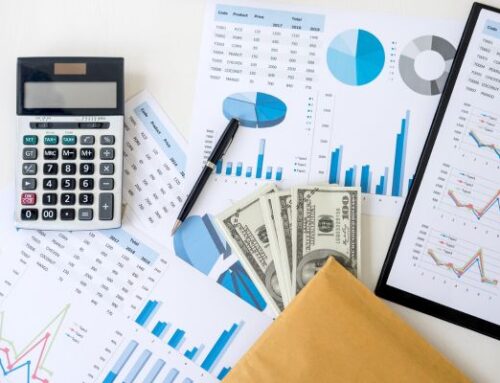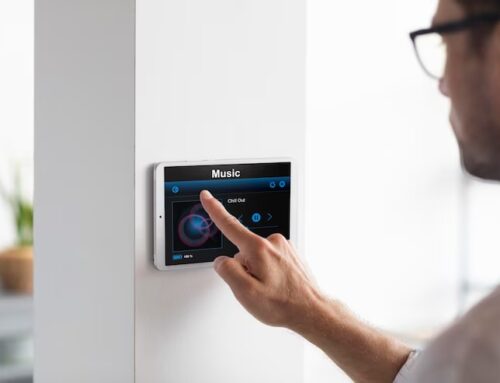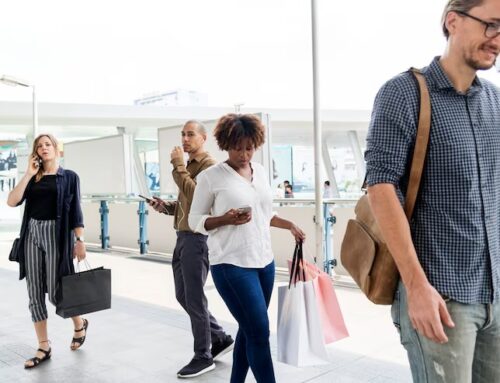Maximising Retail Marketing Effectiveness: Beyond Sales Metrics
The Retail Marketing Measurement Dilemma
Retailers invest millions in marketing each year, yet evaluating its true impact remains a challenge. Traditional methods like surveys and focus groups offer subjective insights but fail to provide reliable, data-driven results. Consequently, many retailers default to sales figures as the sole indicator of marketing effectiveness—an approach that overlooks crucial dynamics at play within the customer journey.
This article introduces a practical, objective framework for measuring retail marketing effectiveness and highlights operational factors that can significantly influence sales outcomes.
The Hidden Journey: From Store Entry to Purchase
A significant gap exists between store visits and actual purchases. On average, 85% of shoppers leave a retail store without making a purchase. While sales conversion rates vary by industry and location, a 20% conversion rate is generally considered high. This statistic suggests that the majority of marketing-driven store visitors do not translate into immediate revenue, raising the need for a more comprehensive evaluation approach.
Moving Beyond Sales: Understanding Marketing’s True Impact
Marketing effectiveness is better measured by its ability to generate store traffic rather than immediate sales. Since 80% of marketing responses do not result in direct purchases, relying solely on sales figures provides an incomplete picture. Instead, traffic response—the first measurable effect of marketing efforts—serves as a more accurate and actionable metric.
By analysing store traffic trends and conversion barriers, retailers can identify operational shortcomings that hinder sales, rather than prematurely concluding that marketing efforts have failed.
For example, a campaign that boosts store traffic by 20% but does not yield increased sales may highlight other issues, such as ineffective staffing, merchandising, or customer service. Understanding these factors empowers retailers to refine their approach and maximise marketing returns.
Debunking the Sales-Driven Marketing Myth: The Reality of Retail Marketing
Contrary to popular belief, sales figures are not the most reliable measure of marketing success. Instead, marketing effectiveness should be assessed through traffic response and the interplay of operational factors that influence conversion rates.
Marketing Effectiveness Model:
Advertising Initiatives → 2. Traffic Response → 3. Sales Conversion → 4. Revenue Growth
Key Influencers of Sales Conversion:
- Staffing levels and availability
- Effectiveness of advertising and promotions
- Merchandising and store layout
- Inventory and product availability
- Competitive landscape
- Pricing strategy
Key Takeaway: Marketing’s primary function is to drive quality foot traffic to a store—what happens next depends on how well retailers convert those visitors into buyers.
Optimising Staff Scheduling Through Traffic Insights
Traditional vs. Traffic-Based Staff Rostering
Many retailers make staffing decisions based on historical sales data rather than customer traffic patterns. This outdated approach often leads to inefficiencies, including understaffing during peak hours and overstaffing during slow periods.
Before Traffic-Based Rostering:
- Staff schedules were aligned with sales trends, leading to missed opportunities during high-traffic periods.
- Store associates struggled to manage peak-hour footfall, negatively impacting service quality and conversion rates.
After Traffic-Based Rostering:
- Staff schedules were optimised based on visitor trends, leading to better customer service and improved conversions.
- Retailers maximised efficiency, ensuring optimal staff-to-customer ratios for peak shopping hours.
Practical Strategies for Retail Growth
1. Driving More Foot Traffic
While increasing foot traffic is a priority for retailers, simply attracting more visitors does not guarantee higher sales. If conversion rates remain unchanged, additional traffic may result in inefficiencies rather than revenue growth.
2. Enhancing Sales Value
Raising prices might seem like a logical step to boost revenue, but it risks alienating customers and lowering conversion rates. Instead, optimising product placement, merchandising strategies, and upselling techniques can effectively increase average transaction values without deterring buyers.
3. Improving Conversion Rates
Investing in staff training, customer engagement, and store operations can yield significant improvements in sales conversion. Even a modest increase in conversion rates can have a disproportionate impact on overall revenue.
Sales Growth Scenarios:
- Baseline: 500 visitors | 4% conversion | $82 average sale → $1,640 revenue
- Increasing Traffic: 550 visitors | 4% conversion | $82 sale → $1,804 revenue
- Increasing Sale Value: 500 visitors | 4% conversion | $90 sale → $1,800 revenue
- Increasing Conversion: 500 visitors | 8% conversion | $82 sale → $3,280 revenue
Key Takeaway: Small adjustments in conversion rates can have a far greater impact on revenue than simply increasing store traffic or sale values.
Final Thoughts: The Power of Traffic Analytics in Retail Success
Retailers must look beyond sales figures and adopt a holistic approach to marketing evaluation. By leveraging visitor traffic insights, they can:
- Optimise store layouts to improve customer flow and engagement.
- Align staffing levels with peak traffic periods for enhanced service.
- Use advanced analytics to refine marketing and operational strategies.
- Identify and eliminate barriers to sales conversion.
Unlocking Retail Potential with Abakus Analytics Solutions
Abakus Analytics empowers retailers with cutting-edge analytics to:
✔ Track and analyse customer traffic trends
✔ Compare shopper behaviours across multiple store locations
✔ Evaluate marketing campaign performance
✔ Optimise staffing schedules for operational efficiency
For more information, contact us.






